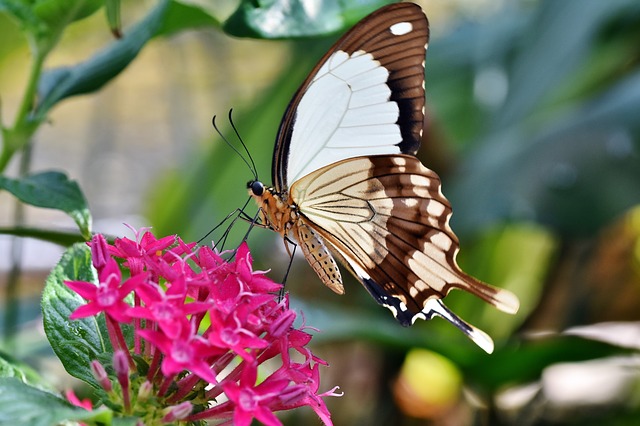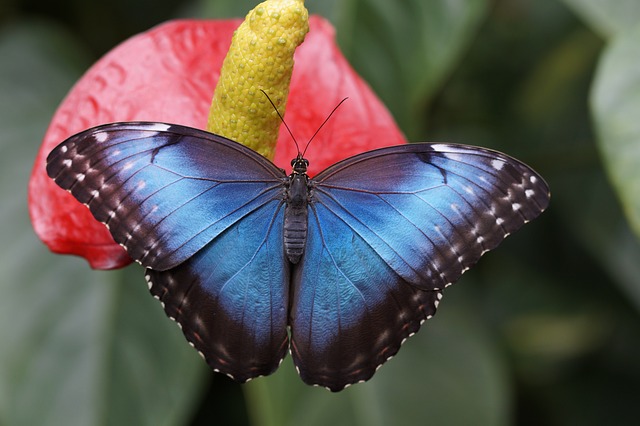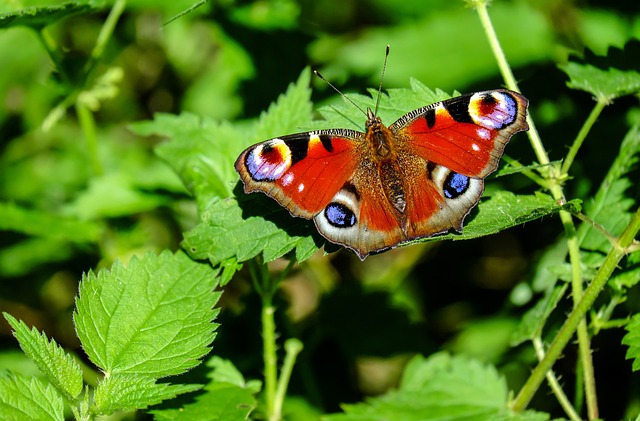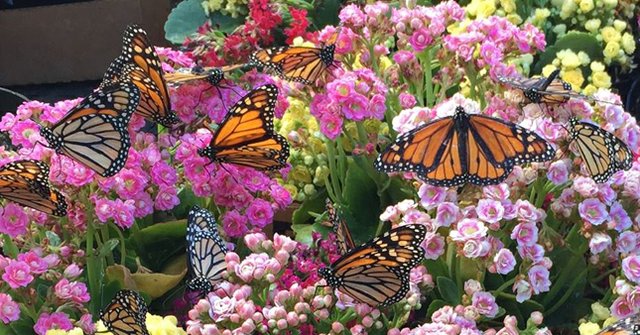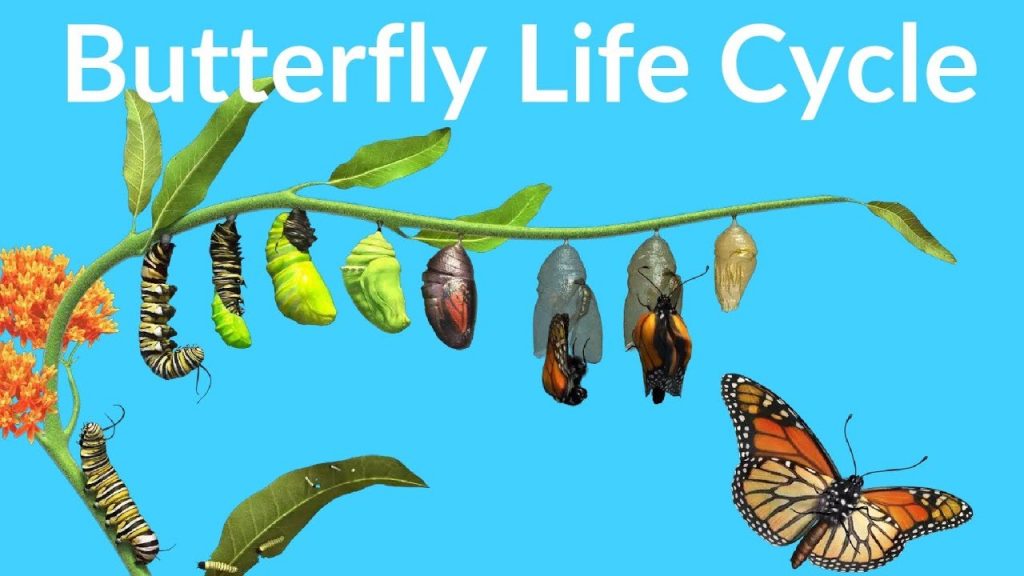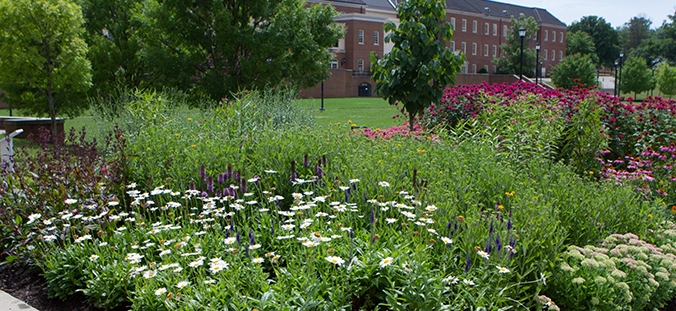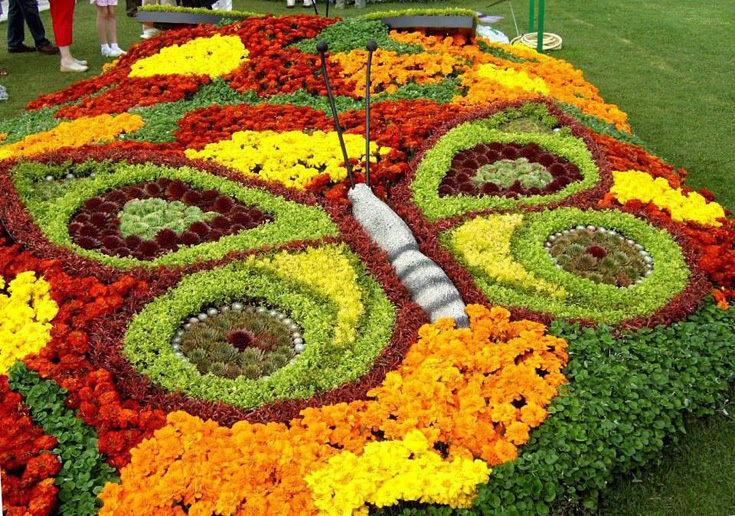You can find butterflies almost everywhere in the world and in each culture they have some type of symbolism. Some see butterflies as a symbol of transformation others see them as a symbol of wisdom. Then there are others that view butterflies as an omen of something a little more sinister. Let’s examine the symbolism of butterflies and what they mean around the world.
Symbols of Love
In Asian cultures they see the butterfly as a symbol of love. Chinese legends say that the butterfly represents the bond between couples and it is tradition to gift newly married couples something with a butterfly symbol on their wedding. It serves to remind them of them of the power of love. They also see butterflies traveling from one flower to another as representative of the social lives of youth.
Seeing Butterflies in Dreams
The presence of butterflies in your dreams has many meanings according to dream interpreters. If you have a butterfly in your dream then it is telling you that it is time to settle down, two butterflies will represent a long and happy marriage. However catching a butterfly in your dream is not such a great omen rather it means that you are superficial and shallow.
Transformation
The most prevalent symbolism of the butterfly is about transformation. As butterflies go through metamorphosis from a lowly caterpillar into the beautiful butterfly so do people. As you come out of your cocoon you are a different and better person. They symbolize the changes that we can go through as people particularly from adolescence into adulthood.
Christian Symbol of the Butterfly
To Christians the butterfly is representative of the resurrection of Jesus. In the cocoon phase the butterfly appears to be dead but as they emerge into something more beautiful so did Christ rise from the dead. They associate the ability to fly with a butterfly’s new set of wings with Jesus ascending into heaven. It is also seen to represent the spiritual awakening that Christians experience when they dedicate their lives to Christ.
Negative Symbolism
Most cultures see butterflies and their transformation as something positive but not all culture share that view, the Celts for instance saw butterflies as something more sinister. A flock of butterflies meant that war and pestilence were coming. If you are out at night and see a butterfly then death was coming. Some of these superstitions were brought to America by the early settlers and they believed that white butterflies spelled doom and someone was going to die.
